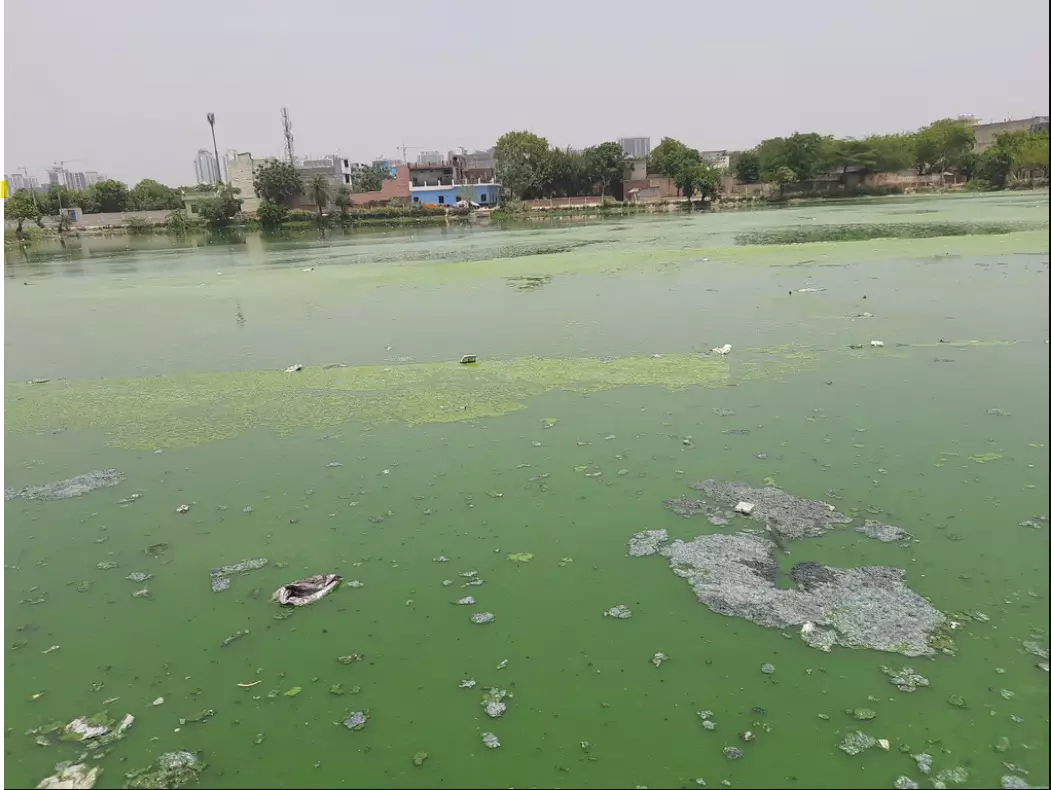A silent crisis
Mapping stakeholders & creating a structured engagement plan must be guided by clear, enforceable guidelines from the state government bodies

Urban and peri-urban waterbodies are vital ecosystems that support biodiversity, regulate microclimates, recharge groundwater and provide essential recreational and cultural services.
These waterbodies are not merely aesthetic features; they are integral to the vision of smart, climate-resilient cities. Protecting and managing them sustainably is crucial for ensuring environmental health, economic stability and social well-being. However, rapid urbanisation, industrialisation, and unplanned development have placed these ecosystems under severe threat.
Freshwater ponds represent a socio-ecological system where natural dynamics are deeply intertwined with human activities. These systems provide habitats for diverse aquatic organisms, contribute to nutrient cycling and regulate water quality. Simultaneously, they meet essential human needs for drinking water, irrigation and recreation, fostering cultural and economic connections within communities.
Despite their ecological and societal importance, these systems face increasing pressures from pollution, sedimentation, eutrophication and climate change, necessitating immediate, integrated management approaches.
Waterbodies in crisis
Unsafe sanitation alone causes around 775,000 deaths annually, with 5 per cent of deaths in low-income countries linked to unsafe sanitation practices, according to the World Health Organization. As much as 15 per cent of the global population continues to practice open defecation, a 2019 report found.
India has about 17 per cent of the global population but has only 4 per cent of total freshwater resources. India ranked 24th in the extremely high (> 80 per cent) water-stressed countries list reported by a 2023 study.
State of waterbodies in UP & Haryana
A study by the authors focused on ponds and lakes across Uttar Pradesh and Haryana, particularly in Gautam Buddha Nagar, Ghaziabad and Faridabad districts. These regions, characterised by their fertile alluvial plains, are experiencing rapid urbanisation at rates exceeding the global average. Gautam Buddha Nagar and Ghaziabad, part of the Yamuna and Ganga-Yamuna Doab sub-basins, are highly urbanised, with 54.5 per cent urbanisation as of 2011.
A detailed photographic and qualitative analysis of waterbodies in Gautam Buddha Nagar reveals alarming conditions. Many ponds and lakes have become dumping grounds for solid waste, suffering from excessive algal growth, foul odours and ecological degradation.
The absence of strict regulations or policies for their conservation has subjected these waterbodies to immense anthropogenic pressures, resulting in eutrophication, pollution and unmanageable aquatic weed growth.
NOIDA and Ghaziabad are among the most polluted industrial areas in India, according to the Comprehensive Environmental Pollution Index Report, 2018. The waterbodies in these areas, once vital sources of water for irrigation, recreation and daily use, have been severely impacted by rapid urbanisation, unregulated sewage disposal and solid waste dumping.
Heavy nutrient and pollutant discharges, including fertilisers, heavy metals and organic waste, have significantly degraded their ecological integrity. Studies in the Ghaziabad region, for instance, revealed elevated concentrations of heavy metals like iron, manganese, lead and cadmium in groundwater, exceeding WHO’s permissible limits and posing significant health risks.
The expansion of residential areas often proceeds without adequate consideration for comprehensive management strategies, resulting in the overexploitation of natural landscapes. High-rise buildings, commercial projects, and industrial activities generate substantial quantities of sewage and municipal waste. Untreated water enters into the natural waterbodies which results in water pollution.
A study from the industrial areas of Greater Noida, Ghaziabad, Meerut and Haridwar shows 95 per cent of samples with hazard index values above unity, indicating potential health risks for untreated water consumers.
The period from 2021-2030 has been declared the Decade of Wetland Restoration, highlighting the urgent need to rehabilitate urban and peri-urban waterbodies. Active participation from the community is crucial in achieving this goal.
Mapping stakeholders and creating a structured engagement plan must be guided by clear, enforceable guidelines from the state government bodies. Although several NGOs and government agencies are currently involved in wetland restoration efforts, there is a pressing need for more coordinated and concerted action. Regular community engagement is vital for sustainable restoration, and the role of long-term environmental education cannot be understated.
Engaging the local community not only ensures the long-term success of restoration efforts but also fosters a sense of ownership and stewardship of water bodies. Government agencies, along with NGOs, must create platforms for local stakeholders including residents, schools and civic organisations to actively participate in the planning, decision-making, and implementation processes.
Collaborative efforts such as clean-up drives, monitoring programs, and awareness campaigns should be encouraged. Local knowledge can also provide valuable insights into the historical and ecological aspects of these waterbodies, making restoration efforts more effective and meaningful. Without urgent measures, the continued degradation of these ecosystems will have irreversible consequences for urban sustainability, public health, and environmental stability.
Citizens play an important role by adopting sustainable practices such as rainwater harvesting and minimising water wastage. Encroachment of wetlands or water bodies are prevalent issues, resulting in blockage and consequent flooding during the monsoon season, while also contributing to water scarcity during the summer.
To ensure water quality, sewage water treatment plants are indispensable. Strict implementation of the policies for the treatment of the industrial or municipal waste, prohibition on encroachments and rain water harvesting, reduce excess use of water, among others. DTE
Views expressed are personal



